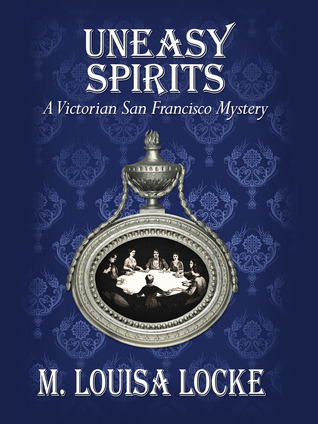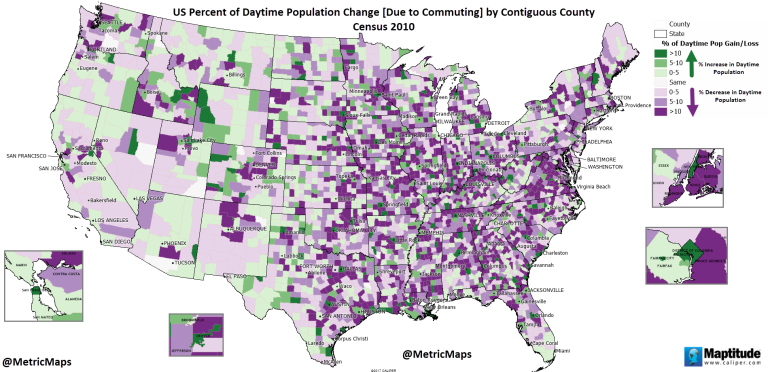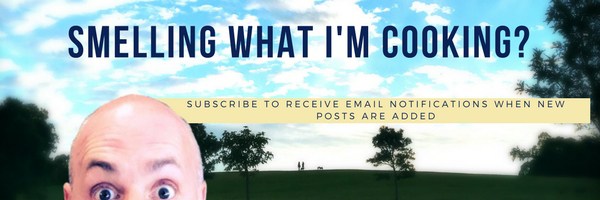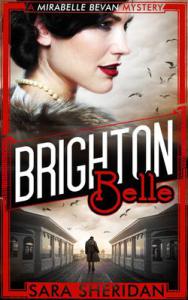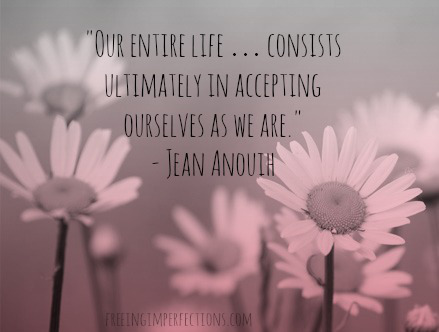
I’m starting the new year with two truths about my writing: (1) I finished the first draft Ride to the Altar in late December 2017, and (2) it’s a mess. A colossal mess.
One of the reasons it’s so messy is that it’s two unlikely genres mixed together, Women’s Fiction with a hint of Mystery. I know, I know. I was supposed to dump the “mystery” label, but I can’t. It’s still there. Once I got things set up and moving, elements of the traditional mystery became inescapably evident.
We’ve heard of Mystery Romance (or romantic mystery), and thanks to Anne Perry and others, we’ve heard of Historical Mystery. Science Fiction mixes well with Mystery—so does Fantasy. In fact, we’ve heard of mash-ups of a variety of genres, so why not Women’s Fiction and Mystery?
But it seems like I have two plots—not a plot and subplot—but two plots running through my novel, so it seems like more than just a blended story. It seems like a mess.
Enter Donald Maass.
 In his book, Chapter Two, “The Death of Genre,” directly addresses the trouble I’ve been having, and, even better, shows me how to fix it. But best of all, Maass gives me permission to write my unlikely mash-up. As long as I do it right, that is.
In his book, Chapter Two, “The Death of Genre,” directly addresses the trouble I’ve been having, and, even better, shows me how to fix it. But best of all, Maass gives me permission to write my unlikely mash-up. As long as I do it right, that is.
This book is worth reading in general, as are all the manuals Donald Maass writes, but this one really works best during revision. Write your novel first (or your outline or however you want to do it), then go through Writing 21st Century Fiction and do the exercises. Maass’s theme throughout his book is “work backward,” so it’s best if you have something to work backward from. He suggests you find something in you manuscript where a particular technique he illustrates would be effective, then work backward to build up to it.
 For me, the “work backward” is a bit broader. I’m not going to rehash the entire second chapter, but in the exercises, I found two keys that opened my eyes as to how to work backward and turn my mish-mash mash-up into a mash-up masterpiece.
For me, the “work backward” is a bit broader. I’m not going to rehash the entire second chapter, but in the exercises, I found two keys that opened my eyes as to how to work backward and turn my mish-mash mash-up into a mash-up masterpiece.
- “Take each story element and outline it, as if that were the entire novel. Work on it until it could be an entire novel” (page 18).
Doing this will make me focus on the elements that make up both genres, Mystery and Women’s Fiction, so that both are fully developed in the novel. It will also help me discover tangents where the two can blend. I can enhance those points so the readers can understand how the two genres work together, or—even better—it will seem seamless, and the readers won’t even notice (dare I hope?!).
- “Each [genre] says the same thing in a different way . . . what is it? Work until the parallel feels (to you) ridiculously obvious” (page 18).
The minute I read that, I knew what connected the two story lines. I don’t know why I didn’t see it before, but now—to me, at least—it is ridiculously obvious. I’m willing to bet I can show the connection to the readers too.
Sometimes it takes an outside source to help shoo the clouds from your vision so you can see what to do with the mess you’ve made. The more I read, the more encouraged I am that the final in the Circle Bar Ranch series will be as 5-star worthy as the other two. I’m not dreading revisions anymore. I can’t wait to get started!
What about you? Where are you in your revision process? What do you need help with most?
Share this:
